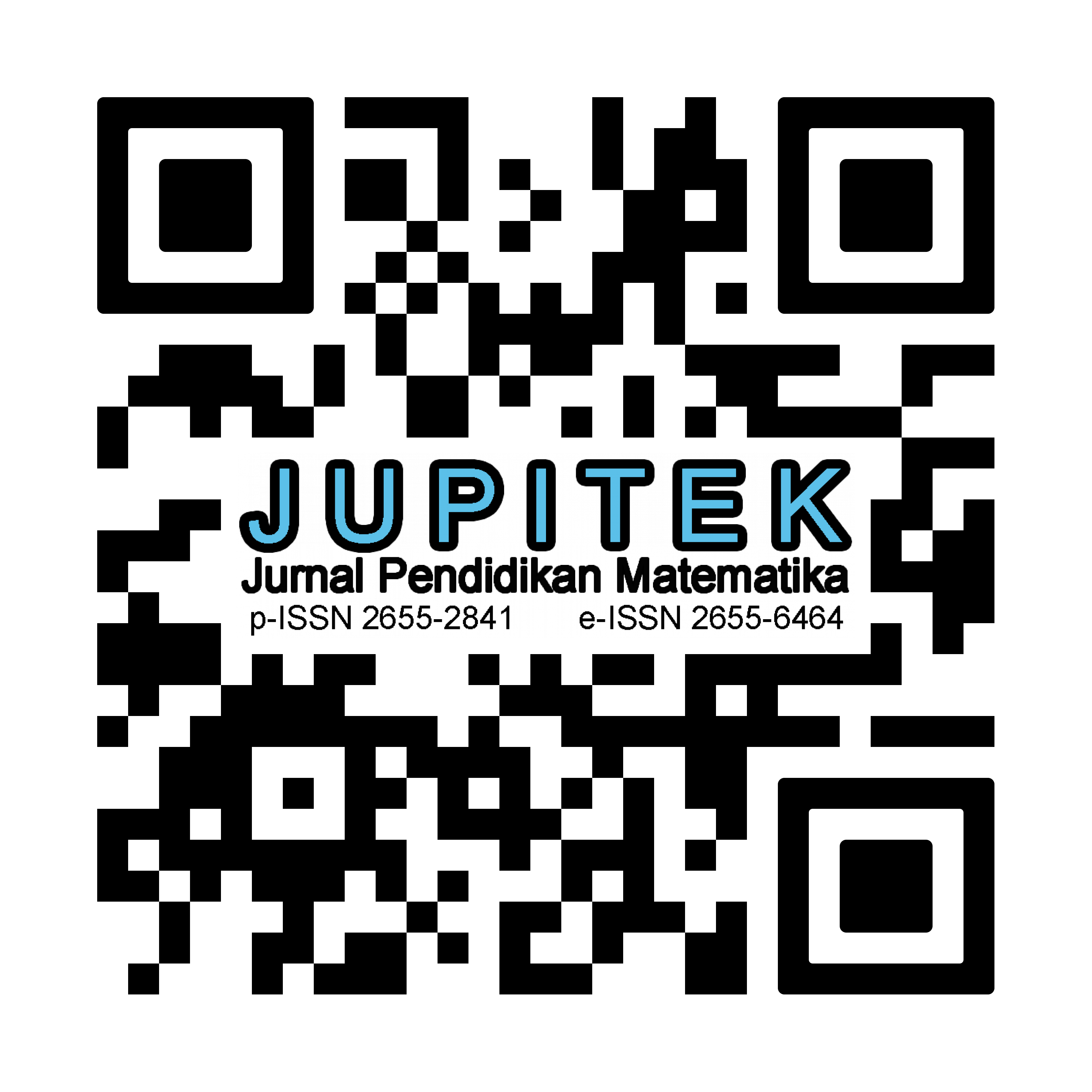Using Augmented Reality Based LKPD to Improve Mathematics Learning
Abstract
This study develops a learning medium as a Student Worksheet (LKPD) based on Augmented Reality (AR) to support mathematics learning. The media is available only on Android devices and was developed using the ADDIE (Analyze, Design, Development, Implementation, Evaluation) model. Research instruments include interviews, evaluation tests, validation sheets, and student response surveys. Mathematical education lecturers conducted validation, while practicality testing consisted of individual, small-group, and field trials. Data were analyzed both quantitatively and subjectively. The validity results showed a score of 0.78 with the category “at the moment”. The practical result indicated that the AR-based LKPD was in the “highly practical” category, with an average score of 4.24 and a completion rate of 83%. Moreover, AR-based LKPD enhanced student engagement, reduced learning fatigue, and improved mathematics learning outcomes. These findings imply that the AR-based LKPD can serve as an innovative alternative in mathematics learning and hold potential for broader implementation to improve the quality of teaching and learning processes
Downloads
References
Batubara, H. H. (2023). Comprehensive learning media. Graha Edu.
Darmansyah, Anugrah, S., & Rahmayanti, E. (2024). The effect of using Augmented Reality media on the learning outcomes of eighth grade students in natural science subjects at SMPN 3 Kinali. IMEIJ Indo Mathedu Intellectuals Journal .
Dwitiyanti, N., Kumala, SA, & Widiyatun, F. (2020). Utilization of the ADDIE model in developing an Android-based physics unit conversion application as a learning medium. Formative Scientific Journal of Mathematics and Natural Sciences Education .
Ernawati, & Nirfayanti. (2021). Mathematics education workshop. Insan Cendikia Mandiri.
Estapa, A., & Nadolny. (2022). The Effect of an Augmented Reality Enhanced Mathematics Lesson on Student Achievement and Motivation. Journal of Education in Science, Environment and Health .
Famulaqih, S., & Lukman, A. (2024). Development of Learning Module Teaching Materials. Character of Islamic Education Research Journal .
Fauzi, I., & Arisetyawan, A. (2020). Analysis of students' learning difficulties in geometry material in elementary schools. UNNES Journal .
Firmansyah. (2021). Microteaching course module. Cahya Ghani Recovery.
Gusteti, MU, Rahmalina, W., Azmi, K., Mulyati, A., Wulandari, S., & Hayati, R. (2023). The Use of Augmented Reality in Mathematics Learning: An Analysis Based on Literature Studies. EDUKATIF Journal of Educational Sciences .
Gustina, DM, Mariana, N., & Wiryanto. (2025). Augmented Reality Based Ethnomathematics Learning Media to Enhance Spatial Ability in 3D Geometry for Fifth Grade Elementary Students. JIRPE Journal of Innovation and Research in Primary Education .
Hariyati, DP, & Rahmadyanti, P. (2022). Development of liveworksheet-based teaching materials for fifth-grade elementary school students . JPGSD .
Hidayat, F., & Nizar, M. (2021). Addie Model (Analysis, Design, Development, Implementation and Evaluation) in islamic religious learning. Jurnal Inovasi Pendidikan Agama Islam (JIPAI), 1(1), 28–38. https://doi.org/10.15575/jipai.v1i1.11042
Ikmawati, Dimpudus, A., Greas, Ramadani, & Ega. (2024). Development of Android-based mathematics learning media using Augmented Reality on cube and cuboid nets. Journal of Mathematics Education .
Istiqomah, N., Arigiyati, T. A., Wijayanti, A., & Widodo, S. A. (2021). Validity Of Tri-N-Based Electronic Student Worksheets on the Topic of Algebraic Forms Academic Discourse: Scientific Educational Magazine,5(2),113–120. https://jurnal.ustjogja.ac.id/index.php/wacanaakademika/index
Kolo, O. R., & Muh, A. S. (2021). Development of LKS BAsed on Mind MApping to Improve Student Learning outcomes on the Theme of Residential Areas of Class IV SDI Oespa Kecil 1 Kupang City in The 2020/2021 Academic year. Indonesian Education Seminar, 2014, 328–334.
Maskur, PR, & Rakhmawati, RM (2020). Development of rhythm reading vocal-based mathematics teaching materials for the concept of fractions for grade VII of junior high school. Kreano Journal of Creative and Innovative Mathematics .
Nurvitasari, I., & Sulisworo, D. (2023). Development of Augmented Reality-based Student Worksheets as a medium for mathematics learning. JNPM National Journal of Mathematics Education .
Omurtak, E., & Zeybek, G. (2022). The Effect of Augmented Reality Applications in Biology Lessons on Academic Achievement and Motivation. Journal of Education in Science Environment and Health .
Pathorrahman, Putra, CA, & Fitriyanto, MN (2024). Development of an interactive information technology learning module using Android-based Augmented Reality technology. Scientica Jurnal Ilmiah Sain dan Teknologi .
Prasetya, A. (2024). The use of augmented reality in interactive learning applications for children. Scientica Scientific Journal of Science and Technology .
Pribadi, B. A. (2014). Design and Development of Competency-Based Training Programs Implementing the ADDIE Model. Kencana.
Purwaningtyas, MA, Lestari, D., Zid, M., & Hotimah, O. (2024). Student perceptions of the use of Millelab-based virtual reality as a geography learning medium (geosphere phenomenon material). Indonesian Journal of Education .
Rawani D , & Fitra D. (2022). Ethnomatematics: The relationship between culture and mathematics 5(2), 19–26.
Safari, Y., & Rahmalia, MS (2024). The importance of basic mathematical concepts in elementary school. Karimah Tauhid .
Safari, Y., & Sabila, ND (2024). Literature review on teaching methods for basic mathematical concepts. Karimah Tauhid .
Setyo, AA, Fathurrahman, M., & Anwar, Z. (2020). Problem-based learning model assisted by GeoGebra software for mathematical communication skills and self-confidence of high school students. In Y. Barcode.
Siregar, AR, Arsyandi, QS, & Simanullang, MC (2024). The Role of Augmented Reality as a Learning Aid in Facilitating Understanding of the Interval Concept in Real Analysis. JPMI Indonesian Journal of Mathematics Education .
Sudaryono. (2016). Educational Research Methods. Media Prenada. https://books.google.co.id/books?id=uTbMDwAAQBAJ
Sugiyono. (2016). Qualitative Quantitative research methods and R&D.
Suhardi, I. (2022). Instrument device for developing multiple choice question packages using content validity measurement Vormula Aiken’s V. Tambusai education journal, 6(1), 4158–4170.
Sulfayanti, N., Aziz, TA, & Hakim, LE (2022). The role of ethnomathematics in learning about student character. Journal of Mathematics and Natural Sciences Education .
Ulfah, AK, Razali, R., Rahman, H., & et al. (nd). Various research data analysis (Literature, Research and Development). 2022: IAIN Madura Press.
Velazquea, F.D., & Mendez, G.M. (2021). Application in Augmented Reality for Learning Mathematical Functions: A Study for the Development of Spatial Intelligence in Secondary Education Students. Mathematics .
Wulanda, ZP, & Widiyasari, R. (2024). Implementation of geometry learning in pyramid houses in South Sumatra. MAHASENDIKA .
Yuniar, A. (2021). Development of augmented reality-based learning media for water cycle science meterial in fifth grade elementary school. Indonesian University of Education.
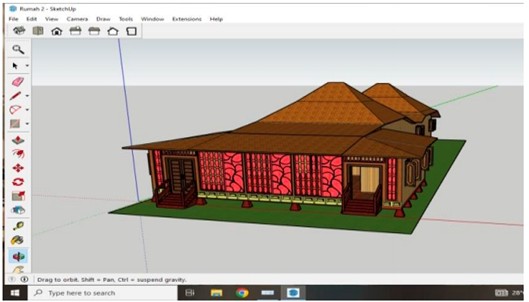
Copyright (c) 2025 Elis Rizkiana, Riza Agustiani, Ambarsari Kusuma Wardani

This work is licensed under a Creative Commons Attribution-NonCommercial-ShareAlike 4.0 International License.
License and Copyright Agreement
By submitting a manuscript to Jurnal Pendidikan Matematika (JUPITEK), the author(s) certify and agree to the following terms:
- Originality and Authority: The submitting author is authorized by all co-authors to enter into this agreement. The manuscript describes original work that has not been published previously in a peer-reviewed journal, nor is it under consideration for publication elsewhere.
- Approval: Its publication has been approved by all author(s) and by the responsible authorities of the institutions where the work was carried out.
- Rights: The authors secure the right to reproduce any material that has already been published or copyrighted elsewhere.
- Licensing and Copyright: Authors retain the copyright to their work.
- License Grant: The authors grant Jurnal Pendidikan Matematika (JUPITEK) the right of first publication, with the work simultaneously licensed under the Creative Commons Attribution-NonCommercial-ShareAlike 4.0 International (CC BY-NC-SA 4.0).
- Self-Archiving: Authors are permitted and encouraged to deposit the published version of their article in institutional repositories, on their personal websites, and other academic platforms, with proper acknowledgment of its initial publication in Jurnal Pendidikan Matematika (JUPITEK).


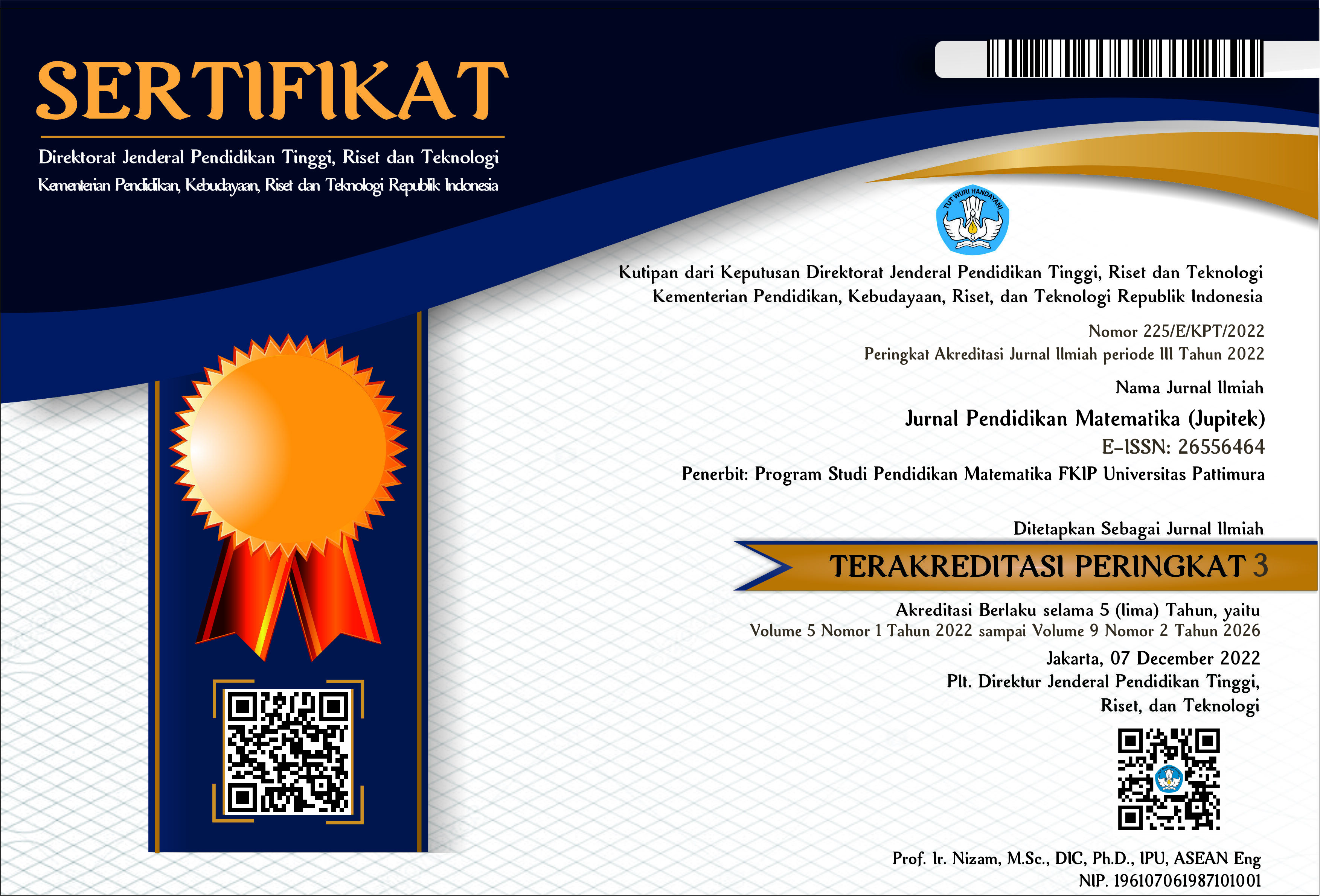
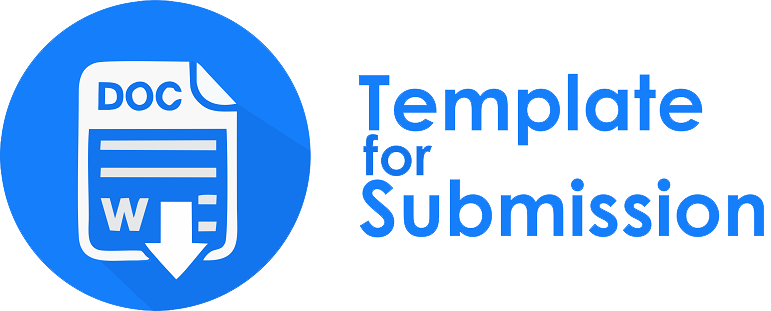
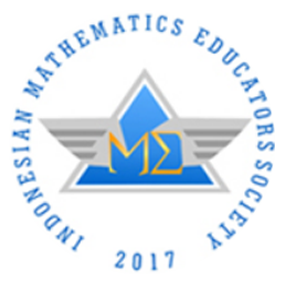
.png)
